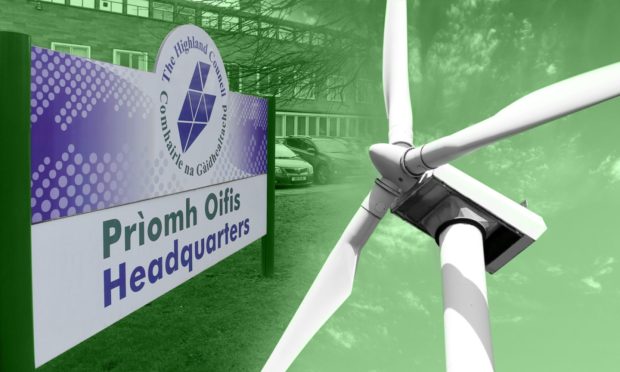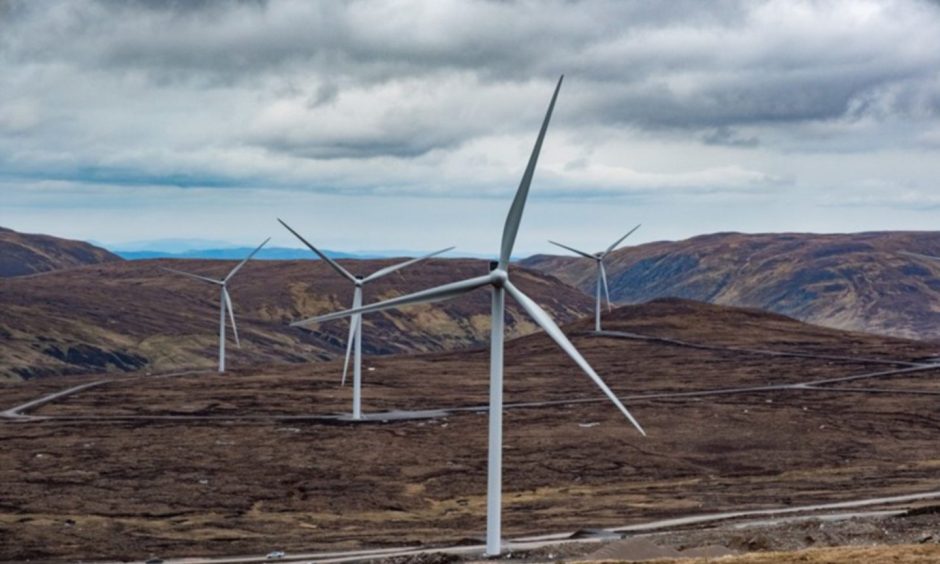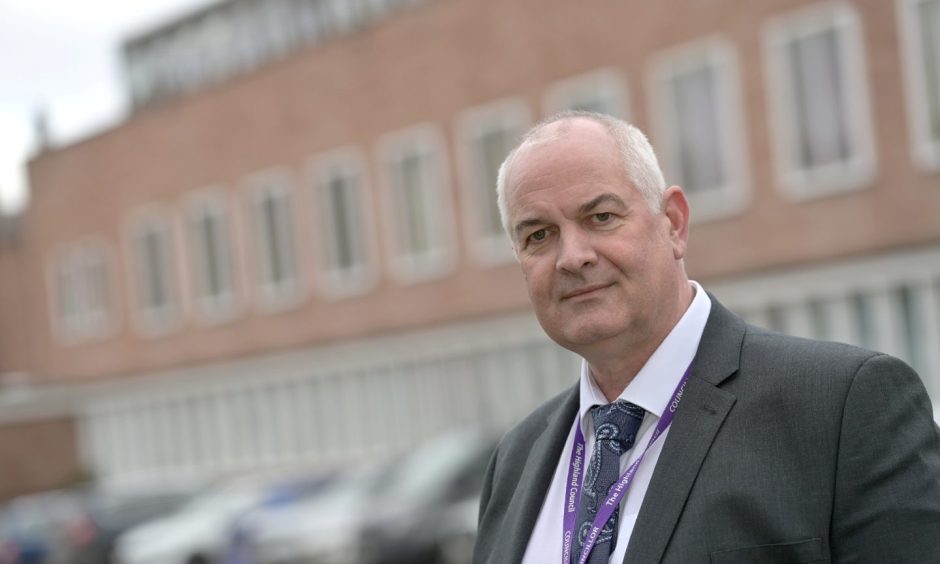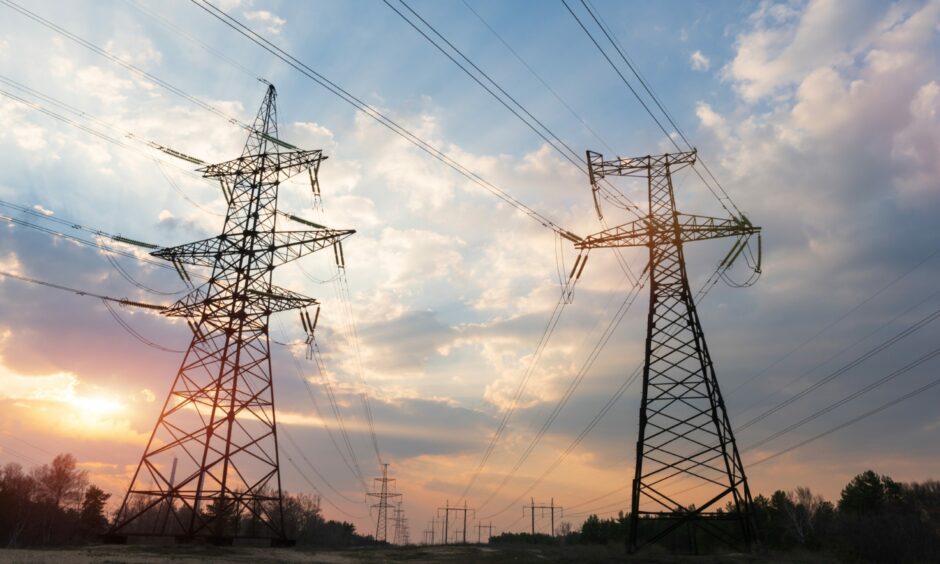The Highlands is missing out on millions of pounds every year from renewables developments being built in the area.
But a move is being made to get developers to contribute more and to distribute the benefits more equally across the region.
It is also hoped they will build new homes for workers involved in major projects.
These would then become ‘legacy’ housing to tackle an accommodation shortage.
Social value charter
The Highlands is about to see unprecedented levels of public and private sector infrastructure investment over the next 20 years.
This is combined with numerous energy companies planning to invest in the area.
Now Highland Council has agreed to establish a Social Value Charter for Renewables Investment.
This sets out the community benefit expectations from developers planning to build projects in the region.
This includes creating a partnership, involving the council, public agencies, renewables companies and communities, to manage a region-wide strategic fund.
A report to the full council showed communities receive about £9.1 million annually in community benefits from renewable projects.
This is below the expected commitment, based on Crown Estate guidance.
That suggests developers contribute £5,000 per installed MW, equating to £13.9 million a year.
This is at a time the potential income from wind generation in the region for 2023 is around £591.3 million.
The report says the community benefit that could come from operational, planned and repowered onshore wind farm sites could be £17.5 million a year by 2030.
This could rise to £20.7 million annually by 2050.
In addition, there is potential to attract at least £20 million annually from offshore wind.
Developing a more consistent approach to social benefit
The report says: “The scale of the opportunity is therefore considerable.
“And at present, despite being at the centre of renewable development and investment, the Highland area is not being compensated accordingly.”
Council leader Raymond Bremner said: “Highland has wealth of resources and expanding renewables development and the growth of production and investment in renewable energy in Highland has brought opportunities to the area.
“However, as time progresses, and the scale of renewables increases, there is a need to ensure that the wider Highland community can benefit more equally and fairly from profits being generated.
UK and Scottish Government guidance on community benefit from renewables is voluntary.
Under the plan, contributions made directly to communities where renewable projects are being built would remain.
But the new central fund would help distribute money to support wider economic development.
This would include building housing for hundreds of workers needed to construct proposed green developments, including major hydro schemes.
The council is already working with SSEN which is developing a housing strategy offering a number of legacy housing options.
This includes serviced workers accommodation sites which are then left for future housing development.
Development of empty homes and disused properties and long-term leases on new build social housing is also being looked at.
Workers’ houses could be ‘legacy’ homes
Last month, Inverness Chamber of Commerce chief executive Colin Marr urged developers to build ‘legacy’ homes that could be used temporarily by construction workers and later permanently by local people.
He said recruitment and accommodation problems were the top two issues highlighted by businesses in the past year with a rental shortage in the city.
Also last month, SSEN was urged to reconsider plans for a temporary workers’ camp in Skye.
The site would house around 350 workers involved in building a proposed overhead power line (OHL).
SSEN said it is exploring whether the Broadford development could be used to provide a “housing legacy” after the five-year construction project.
But local campaigners including MSP Kate Forbes said it is a “missed opportunity” to build much-needed permanent homes and tackle an affordable housing shortage.




Conversation